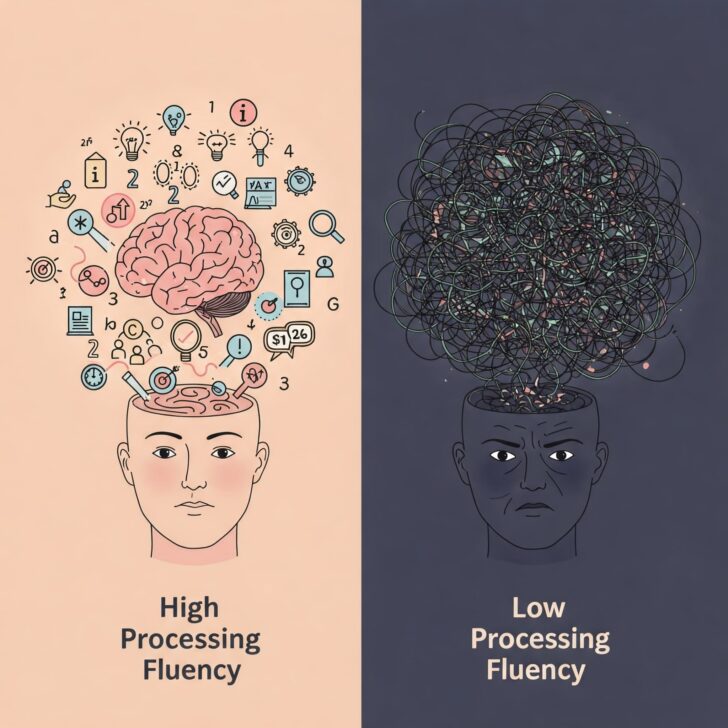
BLOG
2024年07月12日
吊り橋効果の疑義
吊り橋効果は、心理学において、人が恐怖や興奮を感じているときに、それを恋愛感情と誤認してしまう現象として知られています。しかし、この効果を実証したとされる1974年のダットンとアロンによる実験には、いくつかの疑義が指摘されています。
1. 実験デザインの欠陥:
- 実験群と統制群の不均衡: 吊り橋を渡ったグループ(実験群)と安全な橋を渡ったグループ(統制群)の参加者の属性(年齢、性格など)が均等に割り振られていなかった可能性があります。これにより、吊り橋を渡ったグループがもともと恋愛感情を抱きやすい傾向にあった可能性も否定できません。
- 面接者の影響: 女性面接者が魅力的であった場合、それ自体が男性参加者の感情に影響を与えた可能性があります。また、面接者が実験の意図を知っていた場合、無意識のうちに質問内容や態度にバイアスがかかった可能性も考えられます。
2. 再現性の欠如:
- 追試実験の失敗: ダットンとアロンの実験以降、同様の結果が得られた追試実験はほとんどありません。一部の研究では、吊り橋効果を支持する結果も報告されていますが、それらの実験もまた、デザイン上の欠陥や解釈の曖昧さが指摘されています。
3. 吊り橋効果以外の説明:
- 単純接触効果: 吊り橋を渡るという共通の経験をしたことで、参加者同士の親近感が増した可能性があります。これは、必ずしも恋愛感情とは限りません。
- 誤帰属: 参加者は、吊り橋を渡ったことによる興奮を、女性面接者への魅力と誤認した可能性があります。これは、興奮と恋愛感情を混同する人間の心理的な傾向を示唆しています。
これらの疑義から、吊り橋効果は必ずしも確立された心理現象とは言えません。さらなる研究が必要であり、現時点では、吊り橋効果を恋愛戦略として利用することには慎重になるべきでしょう。
The suspension bridge effect is a psychological phenomenon where people misinterpret feelings of fear or excitement as romantic attraction. However, the 1974 experiment by Dutton and Aron, which supposedly proved this effect, has been met with several criticisms.
- Flaws in the experimental design:
- Imbalance between experimental and control groups: The participants who crossed the suspension bridge (experimental group) and those who crossed a safe bridge (control group) may not have been evenly distributed in terms of attributes (age, personality, etc.). This raises the possibility that the group who crossed the suspension bridge was already more prone to romantic feelings.
- Influence of the interviewer: If the female interviewer was attractive, it could have influenced the male participants' emotions. Additionally, if the interviewer knew the purpose of the experiment, there could have been unconscious bias in their questions or behavior.
- Lack of reproducibility:
- Failure of replication studies: Few replication studies since Dutton and Aron's experiment have yielded similar results. While some studies have reported results supporting the suspension bridge effect, these studies have also been criticized for design flaws and ambiguous interpretations.
- Alternative explanations besides the suspension bridge effect:
- Mere-exposure effect: The shared experience of crossing the suspension bridge could have increased familiarity between the participants. This does not necessarily equate to romantic attraction.
- Misattribution of arousal: Participants may have misattributed the excitement from crossing the suspension bridge to attraction towards the female interviewer. This suggests a human psychological tendency to confuse excitement with romantic feelings.
Due to these criticisms, the suspension bridge effect cannot be considered a definitively established psychological phenomenon. Further research is needed, and caution should be exercised in using the suspension bridge effect as a dating strategy.
Recommend
-

2025年12月04日
3大AIモデルの比較(2025年12月最新版)
-

2025年09月30日
AI生成 交通事故時の簡易相談サイト
-

2025年08月07日
自転車の道路交通法に関して~知らなかったでは済まされない~
-

2025年07月22日
北海道産野菜ベジタボックス 2025年7月版
-

2025年07月17日
未来は、もう始まっている。あなたの仕事を加速させるAIツールを見つけよう!
-

2025年07月16日
WEBマーケティング
-

2025年05月16日
北海道産野菜詰め合わせセット ベジタボックスサブスク7月ごろより(継続サプライズ)
-

2025年04月29日
心理学の「実と虚について」処理の流暢性とは2025年度版














